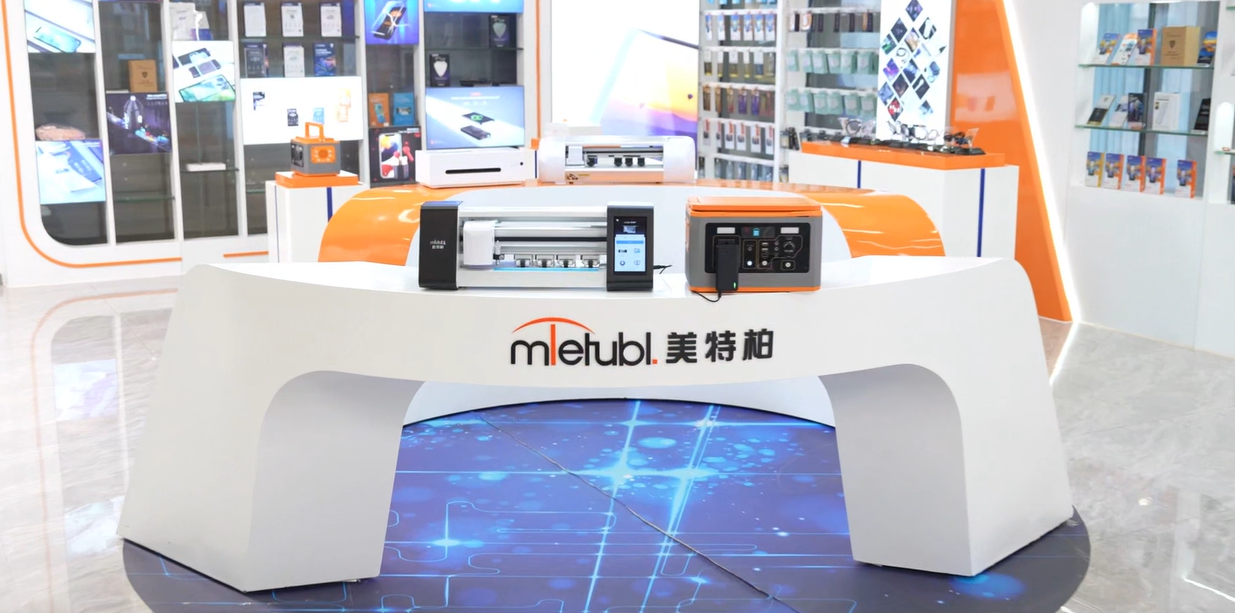
MIETUBL Brand Overview
MIETUBL is a brand originating from China and thriving through China’s intelligent manufacturing. It is committed to providing high-quality mobile accessories and related products to global consumers. Since its inception in 1998, the brand has followed the trends of the times, focusing on resource integration and building a symbiotic and shared industry ecosystem, enabling global consumers to conveniently access quality products that enhance their lives.
By continuously innovating and diversifying its product offerings, MIETUBL has achieved significant success in the mobile accessory industry. As a brand driven by customer value and innovation, MIETUBL has expanded into various product applications while accumulating rich industry experience and establishing a stable customer base. Headquartered in Zengcheng, Guangzhou, the company has strategically positioned itself within the mobile accessory industry, integrating high-quality production resources and aiming for a win-win business model.
Core Values and Development Vision:
-
Customer-Centric: MIETUBL always prioritizes customer needs, continually enhancing product quality and consumer experience through innovation and technological research and development.
-
Resource Integration and Industry Symbiosis: By integrating industry resources, MIETUBL creates a symbiotic, shared industry ecosystem, connecting global distributors and consumers, and promoting mutual growth across the value chain.
-
Global Vision: MIETUBL is committed to bringing Chinese manufacturing to the world, providing global consumers with high-quality, innovative mobile accessories, while offering profitable opportunities for distributors.
MIETUBL’s long-term vision is to continually enhance its products through innovation and quality, establishing “MIETUBL” as a globally trusted brand, recognized in markets around the world.
PRODUCTS
Tempered Glass Durability and Resistance to Impact
The Strengthening Process: Thermal Tempering
The most common method of tempering glass involves a carefully controlled heating and cooling process. Glass sheets are heated to a temperature just below their softening point, typically around 650°C (1202°F). This heating process relieves any internal stresses within the glass. The crucial step then involves rapid cooling, usually by air jets, which creates significant compressive stresses on the surface of the glass and tensile stresses in the core. This carefully balanced internal stress configuration is what gives tempered glass its exceptional strength.
This compressive stress acts as a kind of armor, resisting external forces. When an impact occurs, the compressive stresses must first be overcome before the glass can begin to fracture. This significantly increases the force required to break the glass compared to annealed (untempered) glass. The process's precision is paramount; any inconsistencies can lead to imperfections and reduce the glass's strength.
Enhanced Impact Resistance: Shattering Behavior
Unlike annealed glass, which shatters into sharp, jagged shards upon impact, tempered glass breaks into relatively small, blunt, granular pieces. This is due to the internal stress profile created during tempering. When the compressive surface stress is overcome, the glass fractures into numerous small, relatively harmless fragments, minimizing the risk of serious injury. This characteristic is crucial for safety applications, particularly in areas where glass breakage is a potential hazard.
The size and shape of these fragments are relatively consistent, further reducing the risk of lacerations. This controlled fracturing behavior significantly distinguishes tempered glass from other types of glass and contributes significantly to its safety profile. The controlled fragmentation makes tempered glass suitable for situations where safety is paramount, such as automotive windshields and building facades.
Durability Beyond Impact: Thermal and Chemical Resistance
The tempering process not only enhances impact resistance but also improves the glass's resistance to thermal shock. The compressive stresses on the surface make the glass less susceptible to cracking from rapid temperature changes. This improved thermal stability expands the applications of tempered glass to environments with fluctuating temperatures.
Furthermore, certain chemical treatments can further enhance the durability and resistance of tempered glass. Coatings can be applied to increase scratch resistance, improve optical clarity, or enhance its resistance to weathering and UV degradation. These additional treatments extend the lifespan and maintain the integrity of the glass over time, making it suitable for long-term outdoor applications.
Limitations and Considerations
While tempered glass offers significant advantages in terms of durability and impact resistance, it's crucial to acknowledge its limitations. It is more expensive to produce than annealed glass, and once tempered, it cannot be cut or drilled without shattering. This necessitates careful planning and precision during the manufacturing and installation processes. The edges of tempered glass, while generally safe, can still be sharp and should be handled with care.
Despite these limitations, the enhanced safety and durability offered by tempered glass often outweigh the added costs and considerations. Its remarkable resilience makes it an indispensable material across a broad spectrum of industries, safeguarding individuals and structures from the potential dangers of broken glass.
SUBSCRIBE
INQUIRY